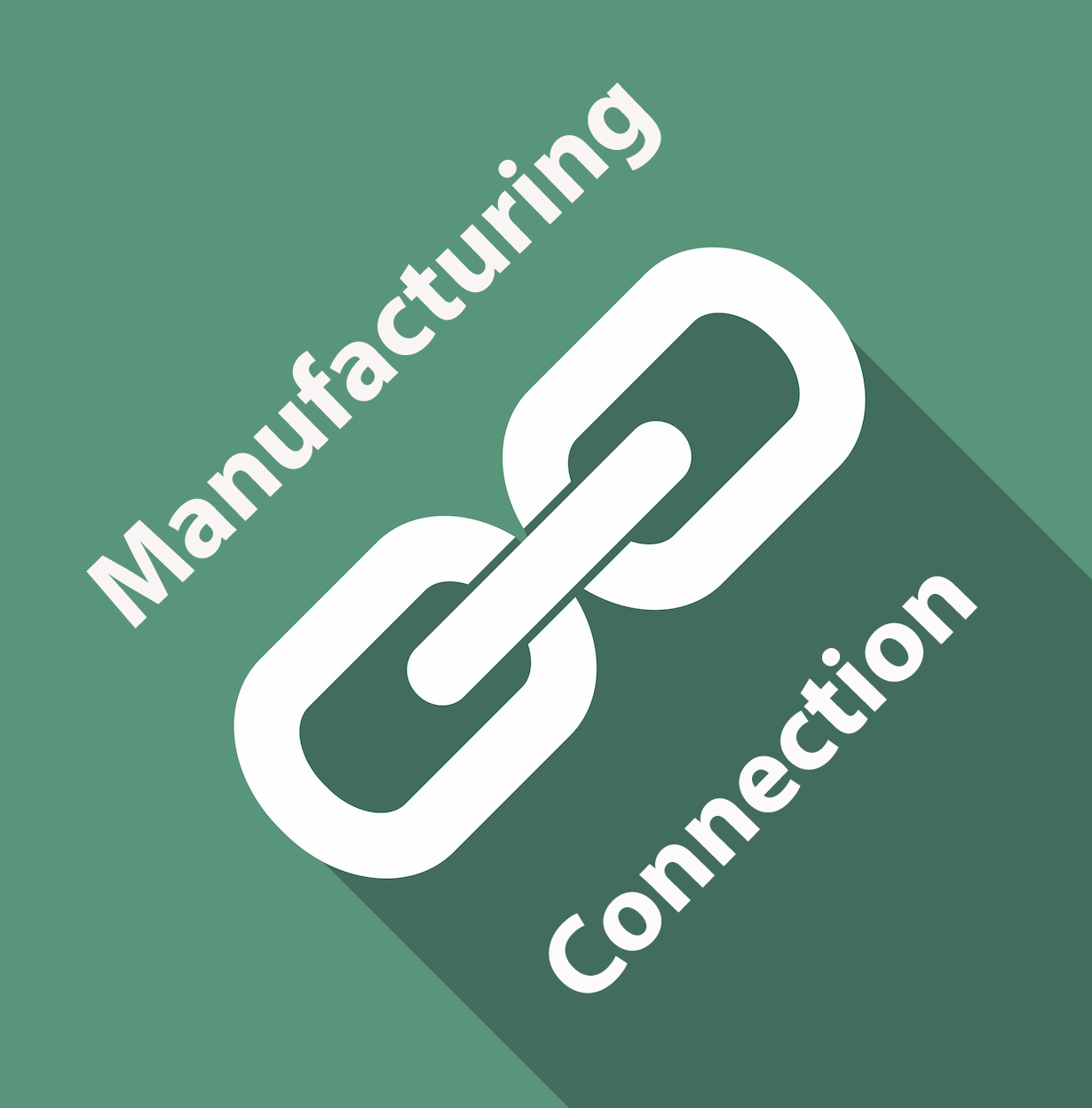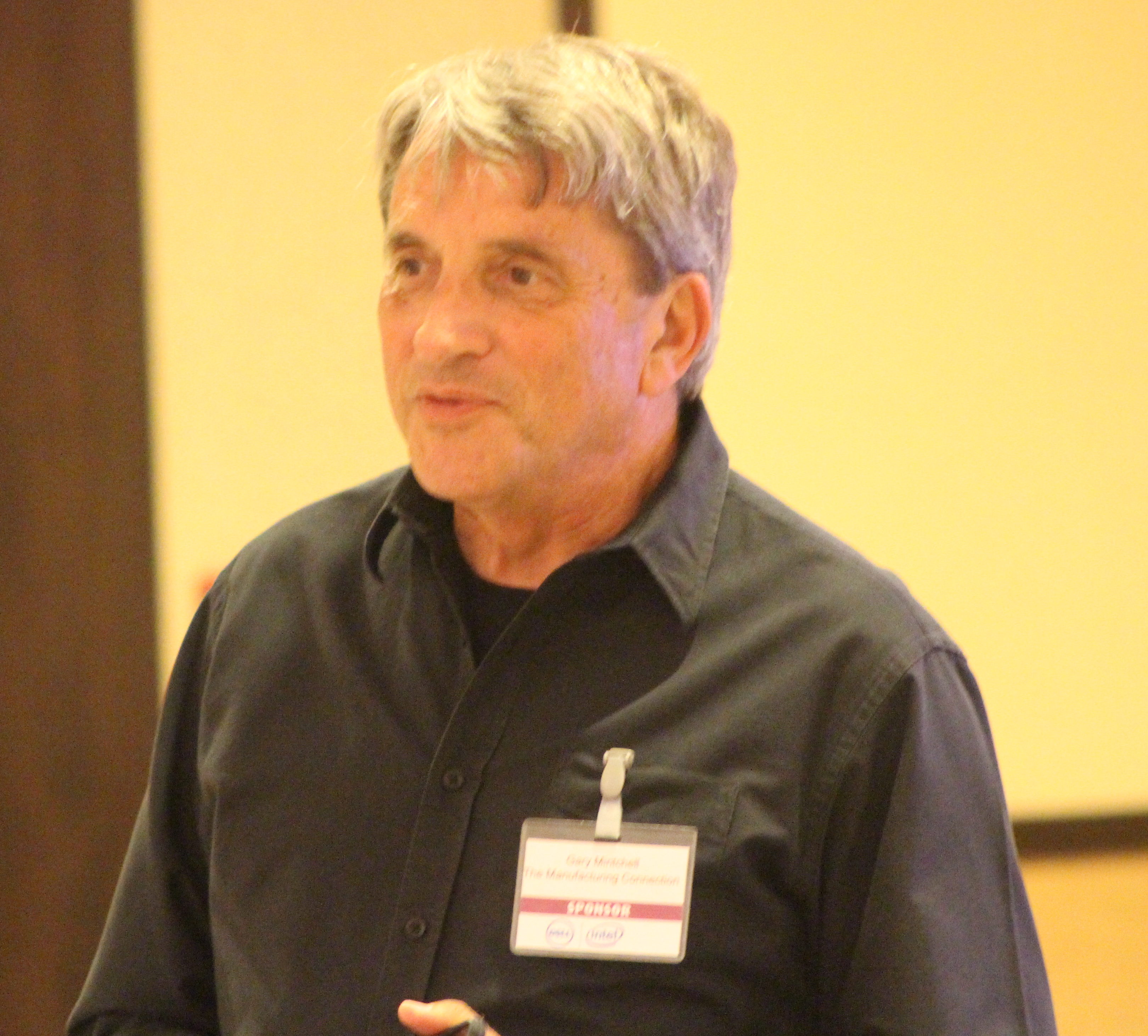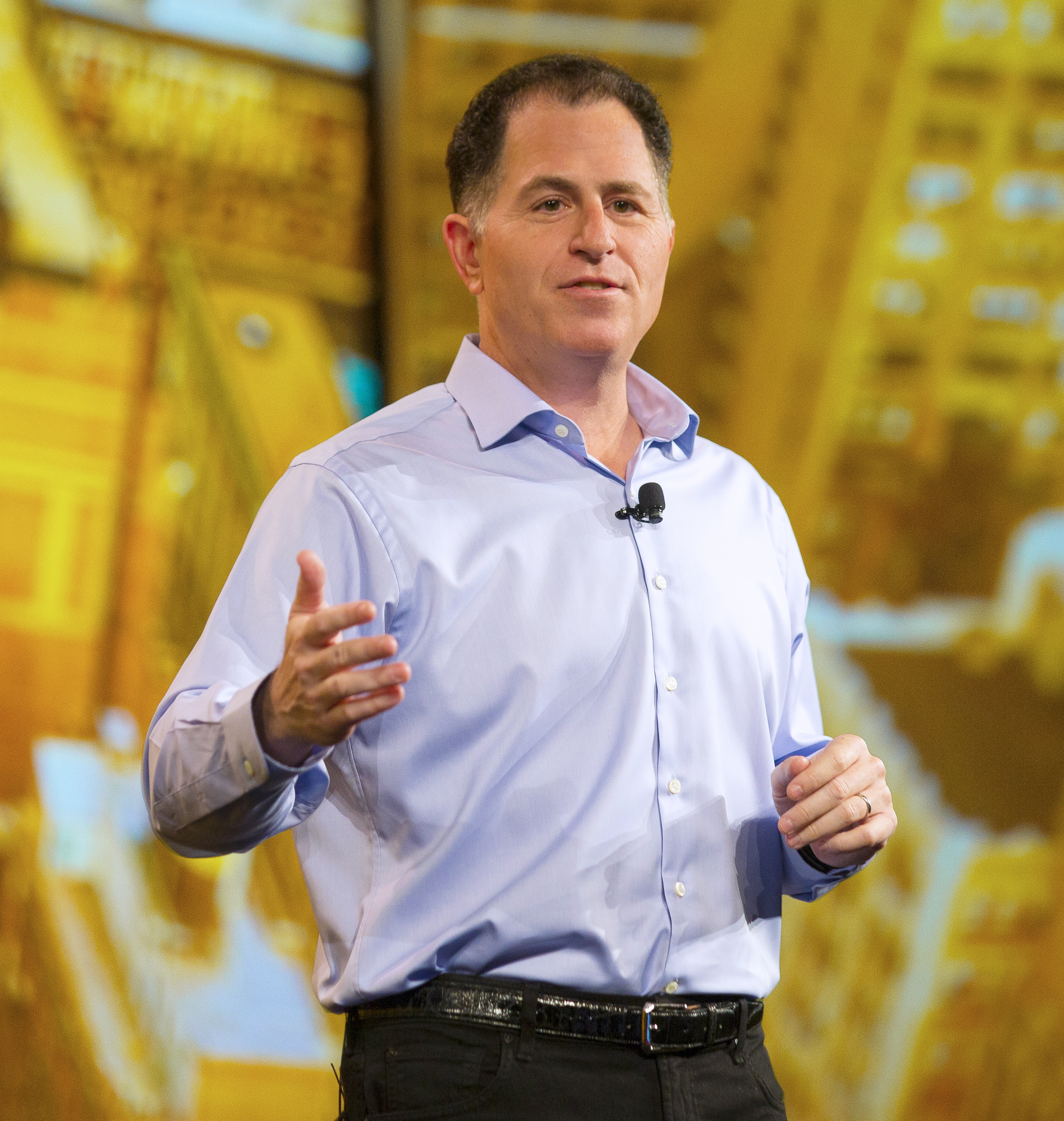
by Gary Mintchell | Sep 12, 2016 | Manufacturing IT, Operations Management, Technology
Are we getting beyond the speculation and hype of ideas such as Industry 4.0 and digital manufacturing? This latest survey and study by PwC (www.pwc.com/industry40) reveals that executives anticipate benefits from investments within two years.

PwC says its 2016 Global Industry 4.0 Survey is the biggest worldwide survey of its kind, with over 2,000 participants from nine major industrial sectors and 26 countries. It goes to the heart of company thinking on the progress of Industry 4.0. The study explores the benefits of digitising the horizontal and vertical value chain, as well as building your digital product & service portfolio.
Industry 4.0 at a glance
“We include a detailed description and definition of Industry 4.0 in the main global report on the survey.” Digitisation and integration of vertical and horizontal value chains, digitisation of product and service offerings, and the development of new digital business models and customer access platforms are driving Industry 4.0 adoption.
Digital Enterprise From the Study
Behind the scenes of the world’s leading industrial products companies, a profound digital transformation is now underway. Companies are digitising essential functions within their internal vertical value chain, as well as with their horizontal partners along the supply chain. In addition, they are enhancing their product portfolio with digital functionalities and introducing innovative, data-based services.
- Industrial manufacturing companies plan to invest 5% of annual revenue in digital operations solutions over the next five years. And they are setting themselves ambitious targets for the level of digitisation and integration that can be achieved.
- Many companies are already producing machines to deliver on the vision of the connected factory, using the power of the internet to link machines, sensors, computers, and humans in order to enable new levels of information monitoring, collection, processing, and analysis. This is adding to the products and services that companies can offer their customers, helping them work in collaborative ways in the design of future machines and their digital environment to boost performance.
- A number of technologies, including robotics, cobotics, 3D printing and nanotechnology, have direct relevance for many industrial manufacturing applications while other technologies, such as augmented reality, can enable manufacturers give customers realtime information and training at the point of use.
Some of these developments are maturing now. Others remain for the future. The rate of adoption of Industry 4.0 technologies by industrial manufacturing companies is accelerating fast.
The digitisation, integration and automation opportunities offered enable companies to collaborate both internally and across their value chains in ways that can provide a step change in productivity as well as design and build quality. And they are opportunities that are increasingly important as companies seek to stay relevant as the era of digitally connected smart infrastructure develops.
Analysis
The point that fascinates me is the speed of adoption. It was only three years ago when I was introduced to the “hype” of Industry 4.0. Then followed speculation and hype. Typical technology curve, I think.
However, most of the technology existed. It just took the foresight and will to begin and the intelligence of implementation. Ways to increase sales and reduce costs both contribute to profitability. Maybe the strategies and technologies behind Industry 4.0 and Internet of Things and digital manufacturing actually will help us cross the next manufacturing divide.

by Gary Mintchell | Sep 9, 2016 | Automation, Operations Management, Operator Interface, Process Control
Plant operators have been isolated in remote control rooms for decades. They tend to lose intimate knowledge of their processes as they monitor computer screens in these isolated rooms. The sounds and smells are gone. Everything is theoretical.
This system has worked. But, is it the best, most efficient, most effective use of human intelligence?
Not likely. Technologies and work processes are joining to allow plant managers to change all this.
Tim Sowell, VP and Fellow at Schneider Electric, recently shared some more of his prescient thoughts on this issue–spurred as usual by conversations with customers.
He asks, “What is the reason why users have been locked to the desk/ control room, why has this transition not happened successfully before? It is simple, the requirement to be monitoring the plant. A traditional control room is the central place alarms, notifications were traditionally piped.”
Diving into what it takes to change, Sowell goes on to say, “The user needs to empowered with situational plant awareness, freed from monitoring, shifting to the experience of exception based notification. As the user roams the plant, the user is still responsible, and aware, and able to make decisions across the plant he is responsible for even if he not in view of that a particular piece of equipment. Driving the requirement for the mobile device the user carries to allow notification, drill thru access to information and ability to collaborate so the dependency to sit in the control room has lifted.”
Two streams join to form a river. Sowell continues, “The second key part of the transformation/ enablement of an edge worker is that their work, tasks and associated materials can transfer with them. As the world moves to planned work, a user may start work task on a PC in the control room, but now move out to execute close action. As the user goes through the different steps, the associated material and actions are at his finders tips. The operational work can be generated , assigned and re directed from all terminal.s and devices.”
The first generation of this thinking formed around the rapid development of mobile devices. Before plant managers and engineers could come to grips with one technology, the next popped up. Instead of careful and prolonged development by industrial technology providers, these devices came directly from consumers. Operators and maintenance techs and engineers brought them from home. Smart phones–the power of a computer tucked into their pockets.
Sowell acknowledges it takes more than a handheld computer. “It requires the transformation to task based integrated operational environment where the ‘edge worker’ is free to move.”
The information must free them to navigate with freedom, no matter the format, no matter where they start an activity, and have access to everything.

by Gary Mintchell | Sep 8, 2016 | Internet of Things, News, Operations Management

Powering the Next Industrial Revolution. I was attending a virtual press/analyst conference on Sept. 7. Michael Dell formally introduced Dell Technologies. Talk of the Next Industrial Revolution is the last thing I expected to hear, but it fits with the company’s moves into Industrial Internet of Things and the data storage and analytics that accompany the concept. That company, the result of the combination with EMC, includes the familiar Dell (PCs and so forth), Dell EMC, Dell Services, and several publicly traded companies including VMware.

Dell also talked about the Internet of Everything along with the next Industrial Revolution and about how this new company changes the competitive landscape of the industry.
Why do we need to know?
I have been following Dell’s entry into the Industrial Internet of Things for almost a year now. It began with an intelligent gateway device introduced at last October’s Dell World. This device includes ports to bring sensor data into a local database with some analytic and visualization capabilities at the edge. It then can send the information to the cloud, to mobile or other visualization devices, and to other databases.
Dell has held a series of Think Tanks with technology providers and end users to explore how companies are using or are planning/preparing to use IIoT technologies to enhance their manufacturing businesses. This statement from the top of the organization certainly validates the effort. And the addition of EMC for even greater enterprise penetration should make the rest of the industry re-evaluate their positions.
Michael Dell’s Letter
Dell couldn’t contain his enthusiasm and superlatives while introducing this new powerhouse in computing, services, and enterprise. Here is the official letter:
Welcome to Dell Technologies, a unique family of businesses that provides the essential infrastructure for your organization to build its digital future, transform IT and protect your most important asset – information.
The largest parts of Dell Technologies will be very familiar to you. Our Client Solutions business, and our most well-known business, will continue to be known simply as Dell. Our Enterprise Solutions business, a real powerhouse in data center infrastructure, brings together the very best of Dell and EMC and will be known as Dell EMC. We have the services to provide strategic guidance and expertise to ensure you get the very best outcome from your investments, and we’re committed to providing you with unparalleled service and support. With that in mind, for now, there will be no change to your support interactions, processes, resources or contacts.
The rest of our family – Pivotal, RSA, SecureWorks, Virtustream and VMware – will continue to keep their independent identities and retain their freedom to develop their own ecosystems. That’s part of our commitment to providing you with choice. Importantly, we’ll also align our capabilities where it makes strategic sense to deliver integrated solutions in the areas that matter most to your future.
We stand at the very beginning of the Internet of Everything, an intelligent world pulsing with processing power and connectivity. It’s been called the next Industrial Revolution and the next quantum leap in human progress. By 2031, the number of connected nodes and devices will grow from 8 billion to 200 billion or more, about 25 times the number of people on the planet. All of these will create massive new sources of information. Using that information, in real time, to provide better insights and to build a better world is the greatest opportunity of our generation.
Dell Technologies exists to make that opportunity a reality for you. We are facing a future of infinite possibility. You’re going to cure cancer. You’re going to feed and water the world. You’re going to create jobs, and hope and opportunities on a global scale. Now is the time to dream big, think big and do big. Let the transformation begin!
What resides in the three core businesses?
Client Solutions
– Our Client Solutions business consists of Dell’s Client Solutions Group, which retains the Dell brand. Our Client Solutions offerings include hardware, such as desktop PCs, notebooks, 2-in-1s and thin clients, software, including end-point security, and peripherals, such as monitors, printers and projectors, as well as third-party software and peripherals.
Infrastructure Solutions
– Under the Dell EMC brand, we have combined EMC’s Information Infrastructure business and Dell’s Enterprise Solutions Group to create our Infrastructure Solutions Group, which includes RSA and Virtustream. Dell EMC will enable our enterprise customers’ digital transformation through our trusted hybrid cloud and big-data solutions, built upon a modern data center infrastructure that incorporates industry- leading converged infrastructure, servers, storage, and cybersecurity technologies.
Dell EMC Services – Dell EMC Services is a trusted advisor to our customers and partners, providing strategic guidance, technology expertise, and outstanding execution to drive business outcomes quickly and effciently for enterprises of all sizes and for users at work or play. From consulting and technology deployment, to education, support and asset disposition, we offer the most complete portfolio of technology and fnancial services available, addressing the diverse needs of enterprise and consumer customers with choice, fexibility and scale. Our global team of more than 60,000 Dell EMC and partner service experts in more than 165 countries stand ready to help customers digitally transform and modernize their IT with world-class capabilities spanning hardware, software, solutions and IT operations.
Dream Big
Dell stated during his presentation, “Dreaming big is always what Dell is about.” Completion of this acquisition is certainly implementing a big dream.

by Gary Mintchell | Sep 7, 2016 | Internet of Things, Leadership, News
 Once again, an industrial corporation striving for digitalization solutions looks to Silicon Valley. Industrial and automation companies continue to search outside the industry for talent. Often, they just don’t work out. The pace of change in industrial is so much slower and bureaucracies are so entrenched that they get frustrated and leave. This one from ABB is interesting. Will he be able to build a software division to rival GE? We’ll keep watching.
Once again, an industrial corporation striving for digitalization solutions looks to Silicon Valley. Industrial and automation companies continue to search outside the industry for talent. Often, they just don’t work out. The pace of change in industrial is so much slower and bureaucracies are so entrenched that they get frustrated and leave. This one from ABB is interesting. Will he be able to build a software division to rival GE? We’ll keep watching.
ABB has appointed Guido Jouret as Chief Digital Officer, reporting to ABB’s CEO Ulrich Spiesshofer, effective October 1, 2016. Labeled a “pioneer of the Internet of Things” by ABB, Jouret will lead the next level of development and deployment of ABB’s digital solutions for customers globally and across all businesses.
Jouret is a citizen of both the United States and Belgium, with long experience in Silicon Valley. He served for 20 years at Cisco after obtaining a PhD in Computer Science. His most recent role at Cisco was as General Manager of the Internet of Things division, which aims to connect billions of devices to the internet across a wide range of industries.
Prior to that, he was Chief Technology Officer and General Manager of Cisco’s Emerging Technologies Group, a unit responsible for incubating new businesses. Under his leadership, the team created nine new start-ups, including those, which became Cisco’s TelePresence and Internet of Things groups. He has lived in 12 countries including France, Singapore and the United States. Additionally, he worked for Cisco as IT Director for the Europe, Middle East and Africa region and in the Internet Business Solutions Group.
Jouret left Cisco in 2014 to join Envision Energy, where he led the software products business, including a platform for the emerging energy internet. Jouret has been Chief Technical Officer at Nokia Technologies since April 2015, and recently drove a major acquisition in the digital health sector.
“Guido Jouret is a proven leader in the digital revolution, with a solid track record in creating and growing new businesses as well as in the digital transformation of mature businesses. His global digitalization experience spans across companies in utilities, industry and transport & infrastructure,” said CEO Ulrich Spiesshofer. “With his customer and innovation focus, and his extensive international technology business experience, he is the ideal person to take the software-led differentiation of our offerings to the next level and to cement ABB’s pioneering technology leadership, building on our more than 40 years’ history in embedded, control and applications software and our strong position in the Internet of Things, Services and People.”
Jouret will work from ABB’s Silicon Valley and Zurich offices.
He obtained his PhD in Computer Science from the Imperial College of Science, Technology and Medicine in the UK in 1991, and has a bachelor’s degree in Electrical Engineering from Worcester Polytechnic Institute in the US. He is married and has two children.

by Gary Mintchell | Sep 6, 2016 | News, Security
Siemens invited a couple of writers to the Cincinnati area headquarters of PLM and a Cyber Security Center of Excellence to witness an internal presentation to Siemens employees. The presentation included both an overview of cyber security and the Siemens response plus Siemens’ plans to build a sizable business in the area. I was there along with safety and security writer Greg Hale.
Eric Spiegel, President and CEO, Siemens USA, kicked off the day with a presentation on the importance of cyber security and Siemens’ intent to build the business. In fact, Spiegel noted, “We want to grow the cyber security services in the US at 2x market speed. Cyber was a small part of our business, but we see much potential for growth.”
Spiegel related, “I was at a White House meeting in the situation room, had a chance to meet the President. He talked to me directly about the need to protect critical infrastructure.” Spiegel continued that hacking is top of mind in this area. Recognizing Siemens’ own strategies in the area, he continued, “If digitalization is important for the future of manufacturing, then cyber security is also important. Attacks on critical manufacturing are becoming more frequent and intense. Two-thirds of CEOs rank cyber security as one of the top two things on their agenda. In response, we have 50 differentiated service offerings in cyber today.”
Cyber Security Golden Nuggets
Joanna Burkey, U.S. CISO, moderated the first panel discussion which was more technical in nature. She suggested to look for what she called “Golden Nuggets”, that is, places where a risk-based approach suggests vulnerabilities. For example, she noted, one is source code.
Siemens began the effort to uncover these golden nuggets and then decided to take what it learned to its customers. When Siemens goes out to a customer to consult on cyber risks, it follows a process that includes mapping IT assets (for example, SAP, end points, encryption), developing an asset classification system, designing an holistic protection process coordinating with business, IT, and vendors.
Siemens has identified about 700 of these golden nuggets and is in the process of mitigating 121 of them. It expects the number to grow to about 1,000.
Rolf Reinema, Head of Technology Field, added that protecting Intellectual Property goes beyond hardware and software, but it also includes algorithms. In process industries, these might be called recipes residing in a processor. “OT attacks are complex. Having so much legacy equipment creates vulnerabilities.” Then he left us with this sobering thought, “If a hacker shows they can attack, they’ll ask for a substantial deposit of bitcoins so that they won’t carry out the attack.” Think of the blackmail you could be open to.
Udo Wirtz, Head of Technology Field, calls the Internet the new company Intranet. “We are shining a light in a cave, we now can see some of the problems where five years ago not so much.” Wirtz also addressed phishing attacks. These attacks are still an important problem tricking people into clicking on what looks like a legitimate link which instead gives the hacker access to user accounts and even administrative rights. “So they are phishing all of us,” he concluded.
In March the FBI came to Siemens and GE and said that both had been contacted by Facebook. It seems that someone was “friending” employees on Facebook and building an innocuous relationship. Then they sent a link that turned out to be malicious. “It used to be stupid to click on a link. But today the messages are so sophisticated that it is hard to tell legitimate from phishing.”
Growing Cyber Security as a Business
The next session was a Marketing Panel addressing how Siemens will move cyber from internal to a customer service. Rajiv Sivaraman, VP and Head of Plant Security Services, said that given the development of digital manufacturing, cyber is high on the enterprise list. Siemens is laying foundations for taking customers on a journey to awareness. Answering the question about scaling the business, Sivaraman noted a progression of going from consulting and “hand-holding” to ultimately scaling to managed services. Siemens is also checking out partners for both C-Level and operations level consulting.
Ken Geisler, VP of Strategy & Markets, Energy Management Digital Grid, reported grid suppliers do have compliance requirements. As they grow many more points of access, e.g., smart meters on homes, there is growing concern for cyber security. Cyber is a huge potential market with many competitors.
Judy Marks, Executive Vice President, Global Solutions, Dresser-Rand, A Siemens Business, says that with the oil & gas market it’s all about business and enterprise risk. Especially with the exposure of offshore facilities. They also have the challenge of operating in a heterogeneous environment. Siemens, through acquisitions, is now a leading service provider to O&G and plans to leverage that into growing the cyber business.
In his first year at Siemens, Leo Simonovich, Director, Global Cyber Strategy, said operations is the new frontier for attacks. Of all attacks, 30% are targeting of coming from OT. Customers are turning to Siemens “because we understand that environment. We can secure the technology stack.” Another sobering thought, your chances of an attack? 100%.
Jeremy Bryant, Head of PD PA secure networking solution business, added that customers (and Siemens) need to be worried about inside-out attacks as well as outside-in.
Overall, a profitable day in Cincinnati to learn what Siemens was up to. Several of the majors have some type of cyber division or initiative. Siemens appears to be ahead of that pack right now. As a user, you should be happy that suppliers are developing solutions to help in the battle.






 Once again, an industrial corporation striving for digitalization solutions looks to Silicon Valley. Industrial and automation companies continue to search outside the industry for talent. Often, they just don’t work out. The pace of change in industrial is so much slower and bureaucracies are so entrenched that they get frustrated and leave. This one from ABB is interesting. Will he be able to build a software division to rival GE? We’ll keep watching.
Once again, an industrial corporation striving for digitalization solutions looks to Silicon Valley. Industrial and automation companies continue to search outside the industry for talent. Often, they just don’t work out. The pace of change in industrial is so much slower and bureaucracies are so entrenched that they get frustrated and leave. This one from ABB is interesting. Will he be able to build a software division to rival GE? We’ll keep watching.


